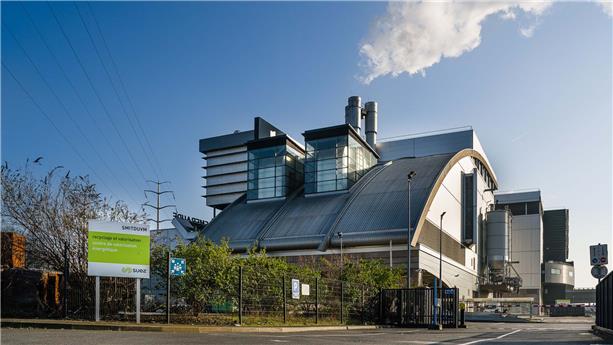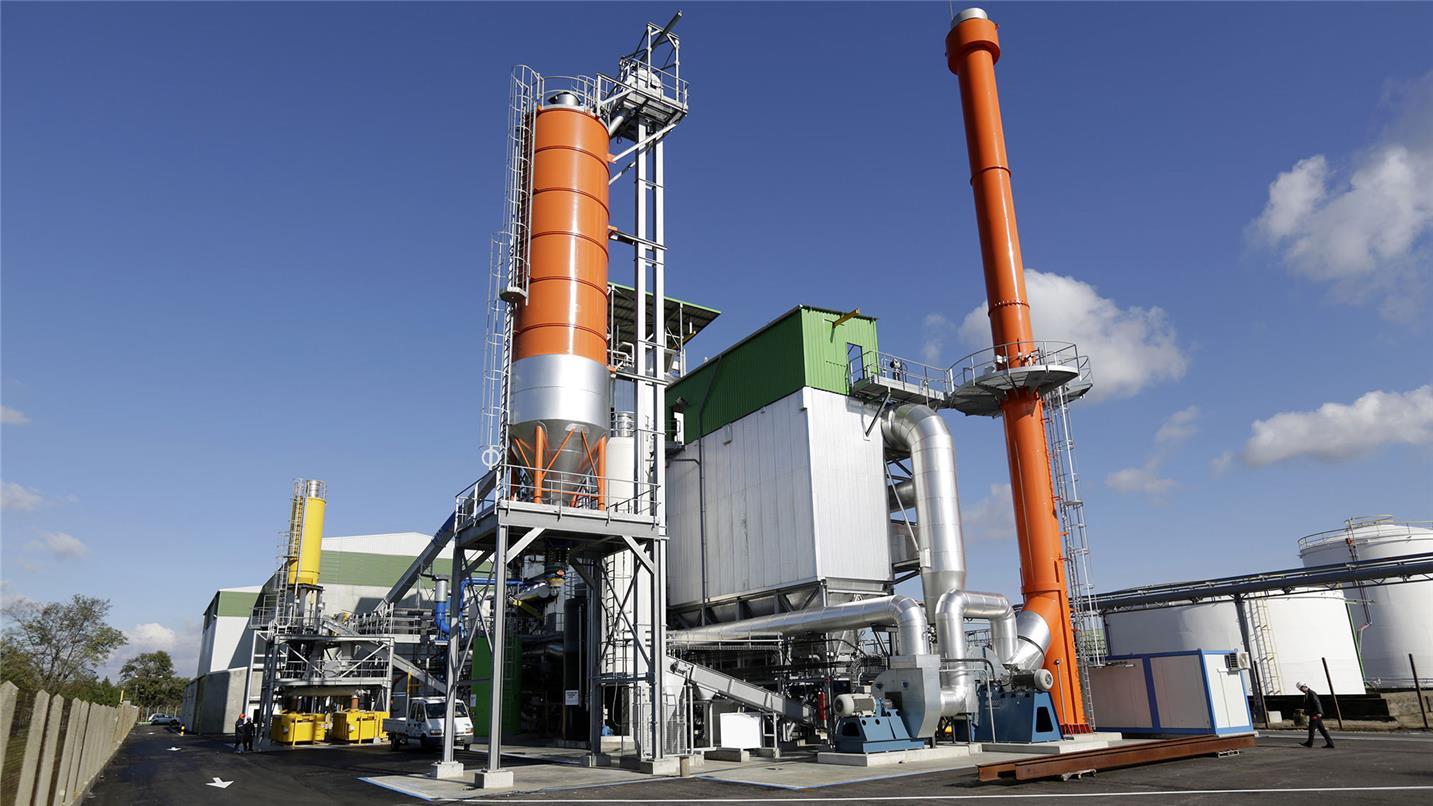
EfW
Our Energy-from-Waste plants allow you to be supplied with energy while setting up local recovery loops

Recovery of non-recyclable resources from woodland biomass, non-recyclable paper or waste wood (non-hazardous wood and treated wood), which was previously buried or unused. Based on a circular economic model, the recovery unit can transform 50,000 tonnes/year of biomass made up of several families of unused waste into a resource:
This biomass waste is collected mainly in the Auvergne Rhône Alpes region, in a 150 km radius around the site, thereby increasing the environmental benefits of the process.
This technological option optimises the efficiency of the steam production. More than 85% of the energy contained in the fuels is transformed into clean steam, representing a power of production of more than 21 MW. By producing 30 tonnes/hour, the plant covers 15% of the energy needs of the platform, which consumes 180 tonnes/hour.
Since the fumes produced by incineration are acid and loaded with polluting agents, they are treated in two steps:
SUEZ has helped the platform to increase the proportion of renewable energy it consumes, while rising to the challenge of protecting resources. This contract has boosted industrial companies’ competitive performance, because the unit now also contributes to the achievement of the environmental performance objectives:
The project has also created 12 direct jobs and several indirect jobs.